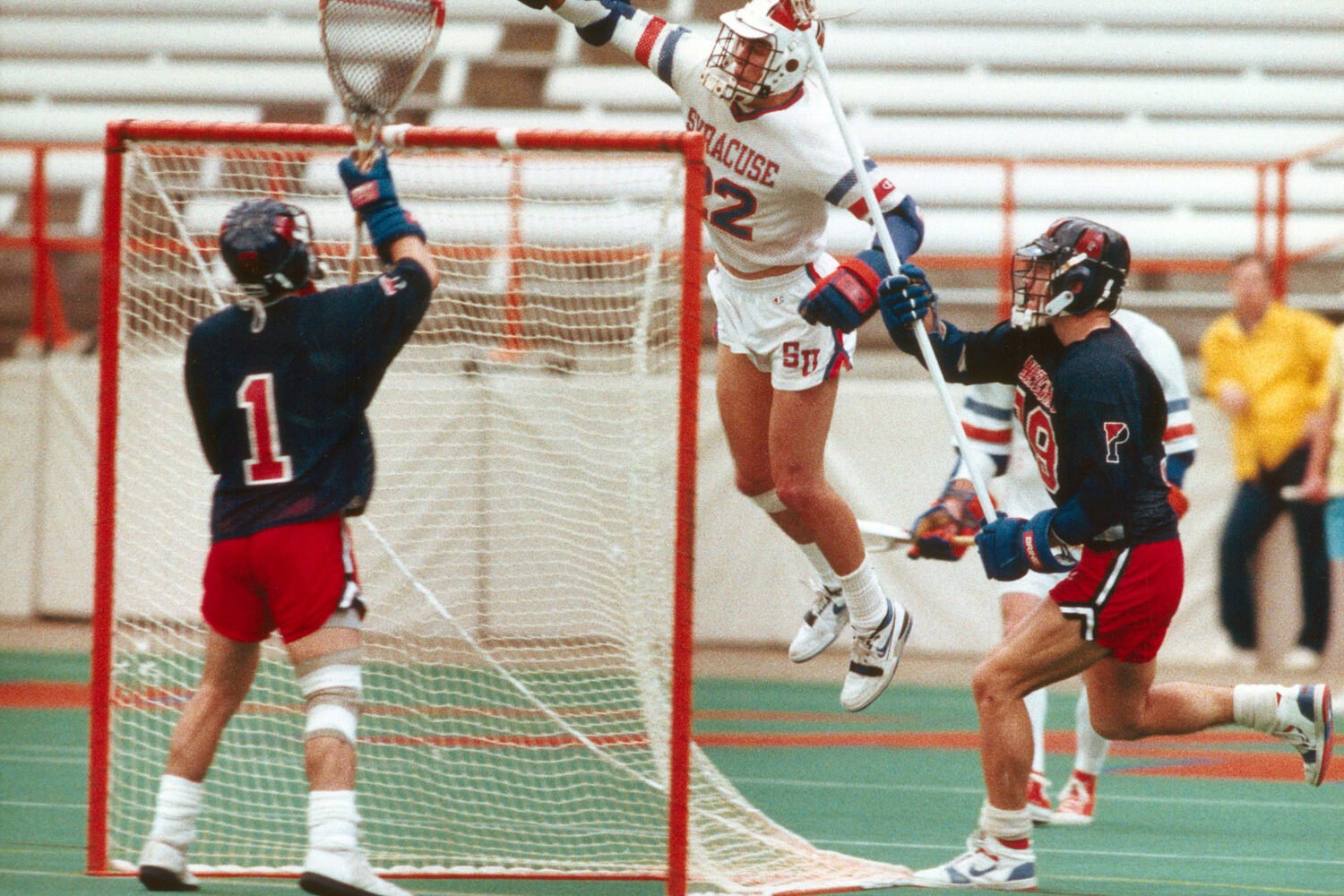The Expert
Yaz Boyum is a former bodybuilding champion. In 2004, she was named one of the top 100 trainers in the US by Men’s Journal. She currently offers training at Definitions Personal Training Plus in Georgetown.
The Injuries
Strength-training injuries tend to involve the joints, especially those in the shoulders and knees. Most are caused by overuse.
Common Mistakes
“When clients engage in the exact same workout—same weight loads, reps, sets, and order of exercises—week after week, this can lead to overuse and injury,” says Boyum. The greater the work and weight load, the greater the chances of injury. Open-chain movements—those that isolate one muscle group and one joint, and in which the hands and feet are free to move—as in overhead-military presses or leg extensions—are the biggest culprits. The repetitive focus on just one muscle can lead to injury.
Also, if the frontstage or external muscles, such as the pectorals, are stronger than the backstage ones—such as those surrounding the shoulder’s rotator cuff—you might be more prone to injury. The backstage muscles are the ones that support the joints and allow them to move around. These muscles are often smaller and need strengthening so that the joint can handle the burden of greater weight loads. Boyum says the knee joint—particularly the patellar tendon, which connects the knee cap to the shin bone—might need extra attention. She suggests using a knee-stabilizer brace to reduce the risk of joint injury during weighted squats and lunges.
How to Avoid Injury
Start out slow and gradually increase weight over time. For an athlete in fair condition, Boyum says a weight-load increase can take place safely over a nine-week period. She suggests increasing the weight 5 to 10 percent from weeks four through six, then 3 to 5 percent for the remainder. Listen to your body: The exact amounts will depend on your body’s response to the weight-training program and the exercises.
You also shouldn’t train the same muscles every day, so be sure to mix it up. To get stronger, muscles need rest to rebuild and repair.
“The most important thing to do is continually review and revise your training program. After three or four months of following a workout routine, it’s time to make adjustments,” says Boyum. She also says that continued focus and attention on weak or problem areas will strengthen and improve them, which in turn helps to prevent injury.
How to Bounce Back
Simple injuries can be taken care of using the stand-by formula of RICE (rest, ice, compression, elevation). But if it’s more serious, Boyum recommends visiting a doctor to correctly identify the problem and working with a personal trainer once you’re able to resume activity.
Subscribe to Washingtonian
Follow Washingtonian on Twitter
More >> Health | Top Doctors | Well+Being Blog
















